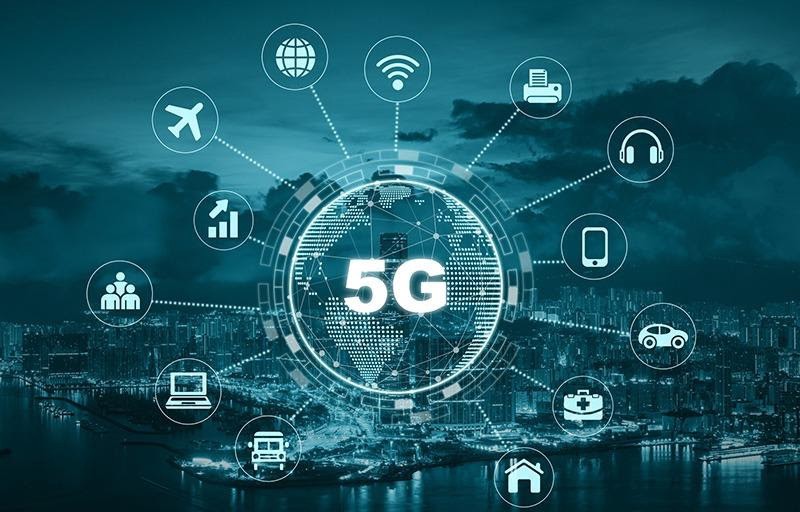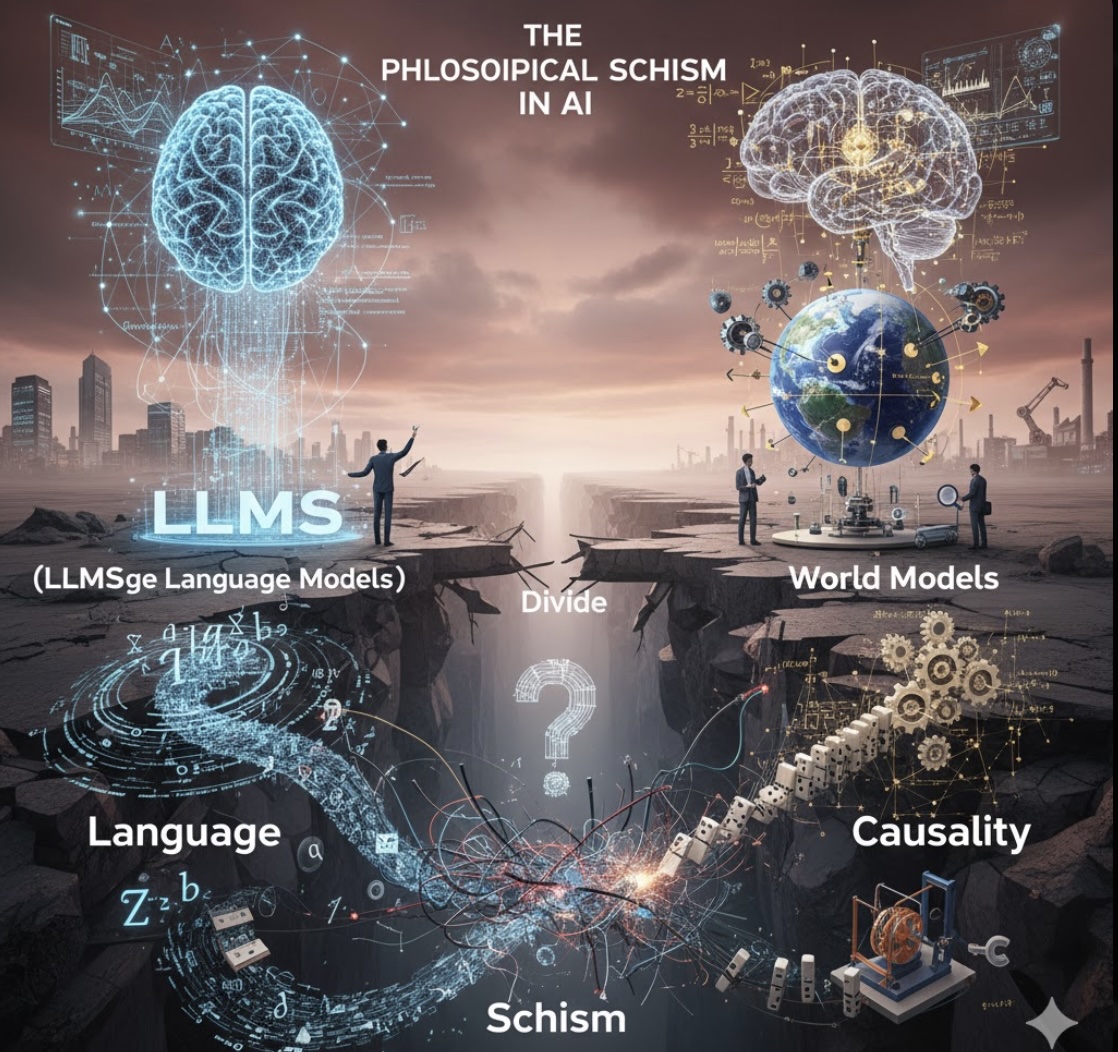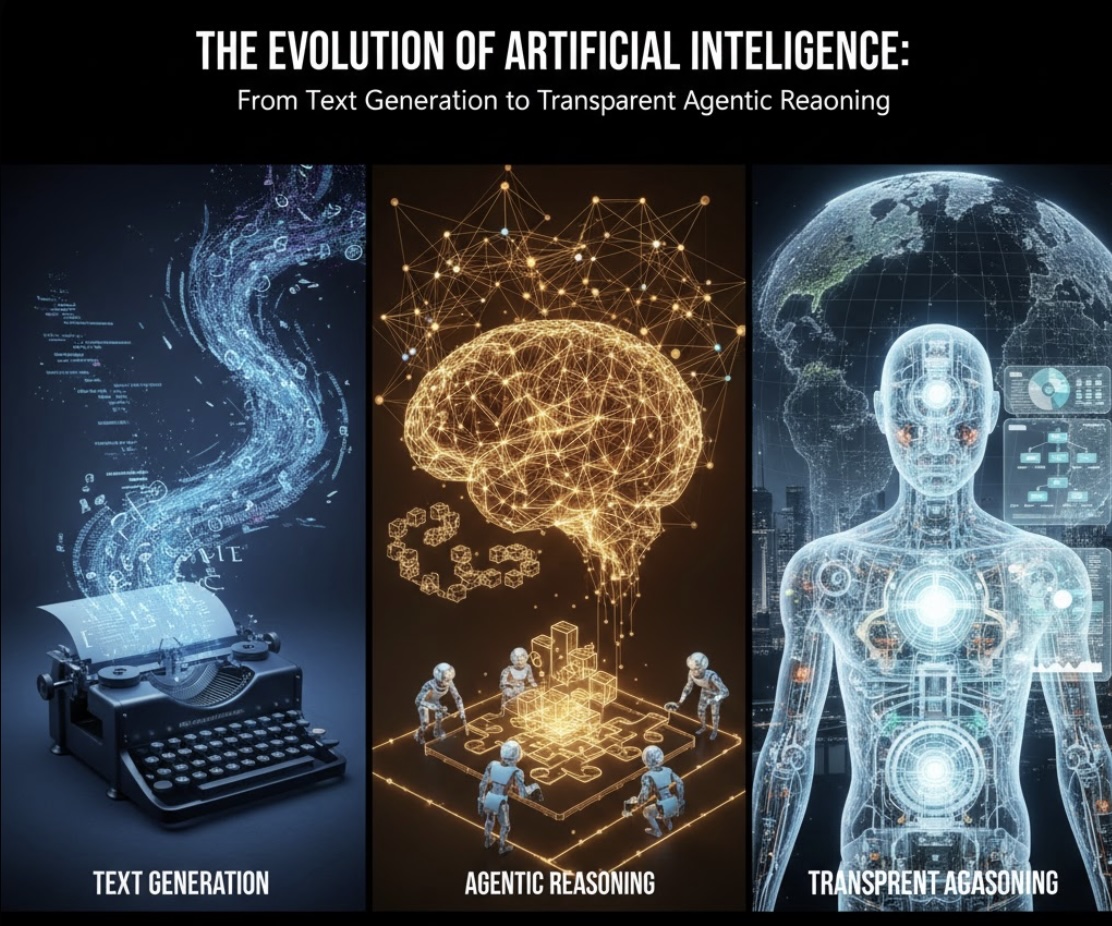Mar29

5G is now a standard for seamless industrial operations. But how will different industries be affected by this cellular standard? What innovations are awaiting for humanity once the telecom operators finish the 5G rollout? Read this piece to test the compatibility of 5G with different industries.
In 2019, it was predicted that, by 2025, there will be 1.2 billion 5G connections covering 34% of the global population. Though the pandemic tried to douse the raging fire around the 5G hype, it still happens to be the most talked-about tech phenomenon in 2020.
With 5G, we’ll see an entirely new range of applications enabled that will help with transforming the art of the possible.
My take — Enterprises will witness 5G opening new doors to services and product innovation creating new customer segments and revenue streams at scale.
In this article, I will dissect how 5G will transform particular industries while discussing their business cases.
An article in the New England Journal of Medicine mentions that healthcare owns 30% of the world’s stored data and that every patient typically generates about 80 MB of data each year. In another article, How 5G Wireless (and Concomitant Technologies) Will Revolutionize Healthcare? The authors mentioned four major deficiencies that affected the healthcare industry — lack of a patient-centric system, absence of personalization, deficiency of accessibility, and no focus on data.
Experts believe that the implications of 5G will address all these deficiencies through its low latency capability and high capacity to collect data. When hospitals upgrade to 5G, they will spend less time on capturing, transferring, and managing data in real-time, unlock the ability of remote patient care access by enabling mobile networks to support real-time high-quality video, and ensure strengthened cyber security through cloud-based data centers. With the flourishing wearable technology that is compatible with 5G, it would be easier for patients to engage with their physicians remotely and keep them updated with their real-time vital signs.
I, personally, cannot wait to see the strides that 5G takes when it comes to transforming the Healthcare scene. The Pandemic has added excessive pressure on our medical and para-medical community, and these frontline warriors deserve all the help we can gather.
According to Statista, in 2022, e-tail revenues are forecasted to rise to 6.54 trillion US dollars. With the introduction of 5G, retail chains all around the world will transform through proper connectivity — Reliable and fast network, sophisticated AR/VR use cases, and adequate network capability for new-age applications used by warehouses, that help them reach their performance peaks.
So, the question remains — How can 5G aid the retail industry?
With the growth of 5G, comes the need for compliance with federal laws. That would be the number one concern for the public sector. The public sector recognizes the impact that 5G will bring but, to deal with it appropriately, local governments have to understand the technology and get the most out of it while complying with the federal laws. These laws will be triggered by the constant threat of data breaches due to the massive amount of data that will be collected using the technology.
But, once the technology is under the government’s reach, we can start talking about the implementation of the following use cases:
In a new report commissioned by Intel, it was projected that the Media and entertainment experiences enabled by 5G will measure a generation of up to $1.3 trillion in revenue by 2028. As smartphones are increasingly winning hearts either as a viewing device or a drive to control in-home and industrial networks, the 5G technology stack is opening new avenues for a richer media experience to consumer devices. This will include lightning-fast data speeds, massive bandwidth, and low-network latency.
Let me give you a little sneak peek at how 5G will reform the world of media and entertainment:
To understand how the 5G technology stack will transform the Manufacturing industry, let’s take a look at the use cases that pertain to industrial operations:
Let’s review how that would work.
In addition to the commendable speed, the 5G technology stack is also focused on device density and latency, which is said to transform the way industries work. This is extended to the disruption of supply chains. To refer to my take on how the pandemic has induced competition between supply chains, read my blog.
Let me take you through the use cases that 5G will enable for supply chains. Industries can have a reliable logistics operation with automated labeling, tracking, and recording shipments as opposed to the manual track and trace. This will help them solve challenges like lost cargo, misplaced containers, and counterfeiting. When it comes to inventory and warehouse management, 5G will help to optimize processes, enable remote maintenance and control, and deploy autonomous vehicles.
When it comes to the future of supply chain management, 5G gives us exactly what we want — transparency across the channel to ensure that the control lies in the central command node.
The smart home technology, present today, gives a fragmented experience that 5G is here to solve. 5G aims to provide us a seamless experience across all our home technologies — from our favorite room temperature to our preferred light shades, entertainment, and education suites, fitness and health devices, and door security features. Along with seamless device orchestration, the technology stack will also focus more on increased data privacy and security from an ethical point of view.
In a report by Ericsson, by 2030, AR will account for almost 50% of all revenue from immersive video formats. What will be exciting about the use cases of AR is that they will take an in-venue experience and transform it into a digital experience.
When combined with AR/VR/Mixed Reality, experiences, like concerts, movie premieres, gaming, sporting events, retail fashion, and even home planning, education, and advertising, offer an irresistible prospect that many tech-junkies, including me, are waiting to experience in its full glory.
5G will make the logistics life simpler! The high-reliable, low latency technology stack has proved beneficial for the transportation industry through several use cases. Smart sensors can monitor the condition of the roads and measure the stress levels to determine the time for repair. Sensors to predict potholes proactively, allowing the municipalities to take preventative measures. The technology will also enable cameras to provide real-time insights into the traffic flow to redirect vehicle and pedestrian traffic for efficiency and civic safety. 5G will accelerate the adoption of autonomous vehicles. 5G will unlock the ability to support real-time responses on vehicle safety status and autonomous controls for collision avoidance.
The fifth-generation cellular standard has enabled new business cases for IoT. The tech industry realizes that it is difficult to curate an end-to-end IoT solution with cellular connectivity. It needs the right mix of several elements — expertise in embedded systems, connectivity, time series-based systems, antenna design, cloud computing, and more. but, I see telecom operators offering a similar opportunity enabled by 5G.
So, what can be the future business use cases for 5G-powered IoT? The first use is an improved asset tracking solution to track the small amounts of data, of energy usage or condition of the product, periodically. This further helps with tracking whether the product is handled according to the safety and compliance requirements issued. Second is the business-critical applications for command and control of AGVs and robots in small factories. The third use is connecting assets in restaurants, cafes, and brownfield areas to the cloud to convert them into smart devices.
The camaraderie between 5G and high-speed flash storage will create a lot of avenues for use cases for the storage industry. First, enabling virtual 5G networks in the cloud to ensure bandwidth, latency, and quality of service. Second, becoming the backbone of high-resolution video streaming by enabling a shift from 4K to 8K and beyond. Third, introducing full-on cloud gaming with the opportunity to stream video games and play them anywhere.
Theoretically, 5G has been a successful champion in combating the present-day challenges faced by these industries, and it focuses on seamless productivity. Enterprises will witness 5G opening new doors to services and product innovation, creating new customer segments and revenue streams at scale. From the dissection above, it is clear that ultra-reliable low latency is the new currency of the network world, underpinning new capabilities in many industries that were previously impossible.
Now, it is all a waiting game for us to see how the actual deployment of 5G turns out to be.
What do you expect from the 5G rollout?
Keywords: Digital Transformation, Digital Disruption, 5G
 The best is in the middle: why the C-suite must be the top bun
The best is in the middle: why the C-suite must be the top bun The Philosophical Schism in AI: Language, Causality, and the Divide Between LLMs and World Models
The Philosophical Schism in AI: Language, Causality, and the Divide Between LLMs and World Models The Hidden Cyber War on Wheels: Why Electric Vehicles Have Become a National Security Concern
The Hidden Cyber War on Wheels: Why Electric Vehicles Have Become a National Security Concern The Evolution of Artificial Intelligence: From Text Generation to Transparent Agentic Reasoning
The Evolution of Artificial Intelligence: From Text Generation to Transparent Agentic Reasoning In Order to Develop Your Future Leaders — You Need to Let Go
In Order to Develop Your Future Leaders — You Need to Let Go